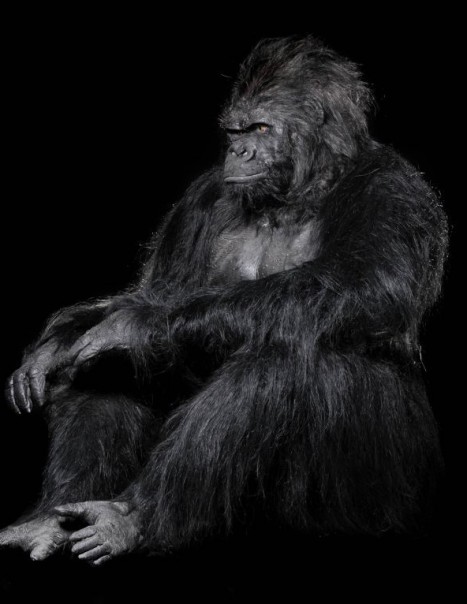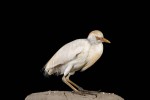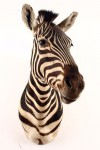Gorilla – Polyester reproduction – Gorilla gorilla
Gorilla – Gorilla gorilla
The gorilla is the closest of the human (98% similar DNA: it is one of the only animals in the world with fingerprints). It is an anthropoid primate from hominoid Family.
The species is threatened by habitat destruction and poaching.
It lives in Africa mainly in the plains or mountains. We must distinguish two large gorilla families:
- The gorilla from West Africa : gorilla gorilla
- The gorilla from East Africa : gorilla beringei
Standing, gorillas reach between 1.70 and 1.90 m and has a weight of 90 to 150 kg for females and up to 350 kg for males.
Their coat is black but older males develop silver fleece in the back, so they are sometimes called “silverback gorilla”.
The captivity of the animal plays heavily on longevity of life (30 years in the wild against 50 years in captivity), but also on its weight (a gorilla never reached 350kg in the natural environment).
The gestation period of females varies from 250 to 275 days.
Gorillas live in groups, from 2 to 30 heads, headed by a dominant male, which is the only one able to mate when several males are in the group. Sometimes fights are created between males to determine which is the dominant male. If a new male arrives to kill the dominant male, it destroys the descendants of the latter.
It is a diurnal animal, when night comes, it builds a nest in minutes on the ground or in trees according to its residential area.
Several groups can coexist in the same area, but they nevertheless seek to avoid when pickups: the gorilla is an animal that feeds on leaves, fruits, shoots and stems and sometimes insects.
Regarding their communication, their way of hitting the chest was made famous by the cartoons and movies: it is actually a way to accommodate a sort of welcome ritual. But that is not all, one study found that as many as 102 signs are known and allow them to communicate.





